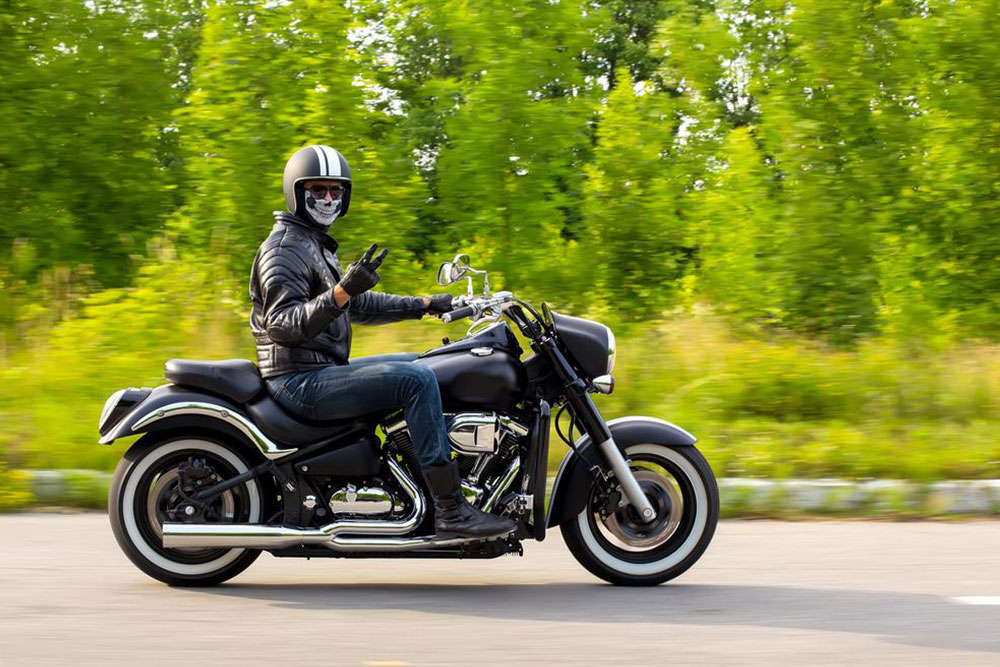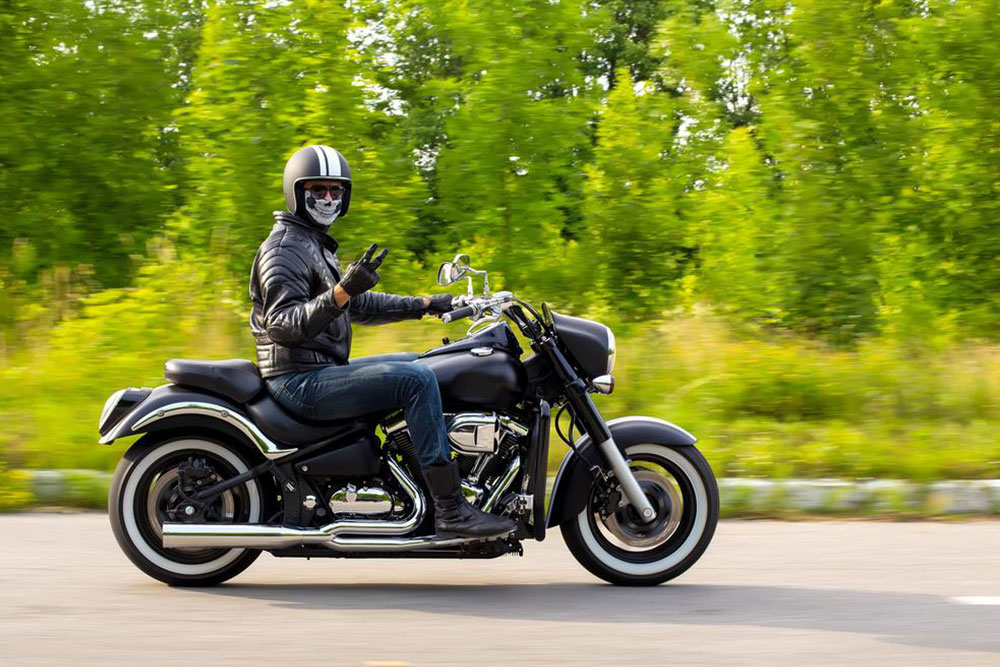Ultimate Guide: Top 3 Tips for First-Time Bicycle Buyers to Make the Right Choice
This comprehensive guide offers first-time bicycle buyers essential tips on choosing the right bike. It emphasizes understanding riding goals, setting a realistic budget, and selecting the proper frame size. Whether for commuting, fitness, or recreation, these insights help novice cyclists make informed decisions, ensuring a comfortable, efficient, and enjoyable riding experience. The article covers various bike types, price ranges, and fitting tips to assist buyers in making smart investments in their cycling journey.

Ultimate Guide: Top 3 Tips for First-Time Bicycle Buyers to Make the Right Choice
Are you considering buying your first bicycle? Stepping into the world of cycling can be exciting but also overwhelming, especially with a wide range of bikes available in the market. Many first-time buyers often face challenges in selecting a bike that truly fits their needs, budget, and riding style. Instead of rushing to a local shop and opting for the most visually appealing bicycle, it’s essential to understand certain critical factors that can influence your overall riding experience. Making an informed decision ensures that your investment is worthwhile and that you enjoy cycling comfortably and safely. This comprehensive guide presents three essential tips tailored for novice buyers to help you navigate the process effectively and choose the perfect bike for your lifestyle.
1. Clarify Your Riding Goals and Purpose
One of the most important steps in selecting a bicycle is understanding the primary purpose of your riding activity. Different bikes are designed with specific features optimized for various terrains and uses. For example, if your plan is to explore rugged outdoor trails and tackle challenging off-road conditions, a mountain bike would be the most suitable choice. These bikes are built with robust frames, suspension systems, and knobby tires that handle rough terrains effectively. They also perform well on pavement, making them versatile for mixed-use activities.
If you aim to commute efficiently through city streets, road bikes are the optimal option. Lightweight frames, narrow tires, and aerodynamic designs enable riders to achieve higher speeds with less effort, making them ideal for daily commuting or longer rides on pavement. Hybrid bikes blend the characteristics of both mountain and road bikes, offering a balanced option for riders who want versatility for various conditions, including commuting, casual rides, or light off-road adventures.
For leisure and relaxed riding along beaches, parks, or waterfront areas, cruisers are the preferred style. They generally feature comfortable, upright riding positions, wide tires, and simple controls, providing an enjoyable and stress-free riding experience. Understanding your primary riding purpose helps streamline your options and ensures you select a bike that enhances your experience rather than complicates it.
2. Establish a Realistic Budget
Price is often a determining factor in choosing the right bicycle. The market offers a wide spectrum of options, catering to different budgets and needs. Entry-level bicycles with basic metal frames are quite affordable and typically range from around $80 to $300. These bikes are suitable for casual riding, short-distance commutes, or beginners who want to try cycling without a significant financial commitment. They usually come with simpler components and heavier frames, making them durable but less lightweight.
Mid-range bikes, costing between $300 and $1,000, feature better materials like aluminum or composite alloys. They often include higher-quality components, improved suspension systems, and lighter frames that make riding more comfortable and efficient. These bikes are ideal for regular commuters, fitness enthusiasts, or those seeking a reliable ride for everyday use.
High-end bicycles made from premium materials such as carbon fiber or titanium generally start around $1,000. These bikes are engineered for peak performance, offering exceptional lightness, durability, and precision handling. They are popular among serious cyclists, training athletes, or competitive racers who demand superior craftsmanship and engineering.
If you’re on a tight budget, exploring second-hand markets or local bike exchange programs can be a smart choice. Used bikes often cost between $200 and $300, providing a cost-effective way to get a quality bike. However, it’s important to carefully inspect used bikes for wear and tear, and if possible, consult a mechanic or knowledgeable rider to check their condition before making a purchase. Setting a realistic budget allows you to focus on options that provide the best value and performance within your financial means.
3. Select the Proper Frame Size for Comfort and Control
Another crucial aspect of choosing a bicycle is ensuring the frame size matches your height and body proportions. An improperly fitted bike can lead to discomfort, decreased control, and even injuries over time. To prevent these issues, take measurements of your inseam length and overall height, which are key factors in determining the right frame size.
Many bicycle manufacturers and retailers provide sizing charts that correlate height and inseam dimensions with recommended bike frame sizes. Using these charts or online calculators can help guide your choice, especially if you’re purchasing online or second-hand. Although visiting a local store for a professional fitting session remains the most accurate approach, measuring yourself at home can also significantly improve your chances of selecting a suitable size.
The correct frame size ensures that you can ride comfortably with proper leg extension when the pedal is at its lowest point, and the handlebars are within easy reach. This not only enhances comfort but also improves your control over the bike, making your ride safer and more enjoyable. Remember, a well-fitted bike encourages regular riding and helps prevent fatigue or potential injuries caused by poor posture or improper sizing.
In conclusion, purchasing your first bicycle is an exciting journey that requires careful thought and planning. By understanding your riding purpose, setting a realistic budget, and selecting the right size frame, you can make an informed decision that leads to more enjoyable riding experiences. Take your time to research different models, seek advice from experienced cyclists, and test-ride multiple options if possible. This thoughtful approach ensures you find the perfect bike tailored to your needs, allowing you to enjoy the countless benefits of cycling, from improved health and fitness to eco-friendly transportation and leisure.




